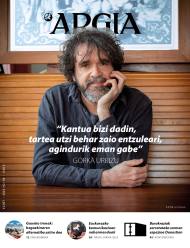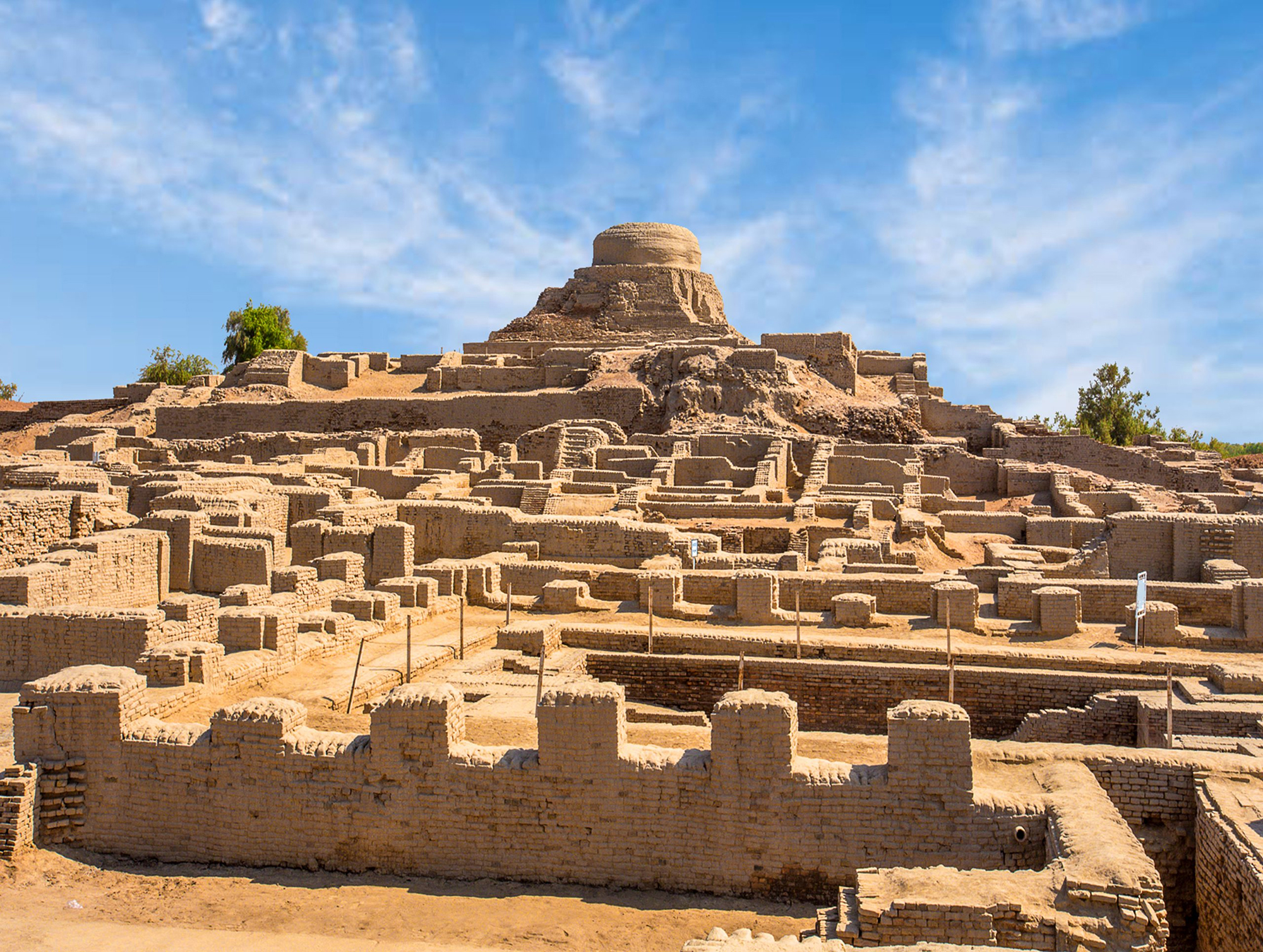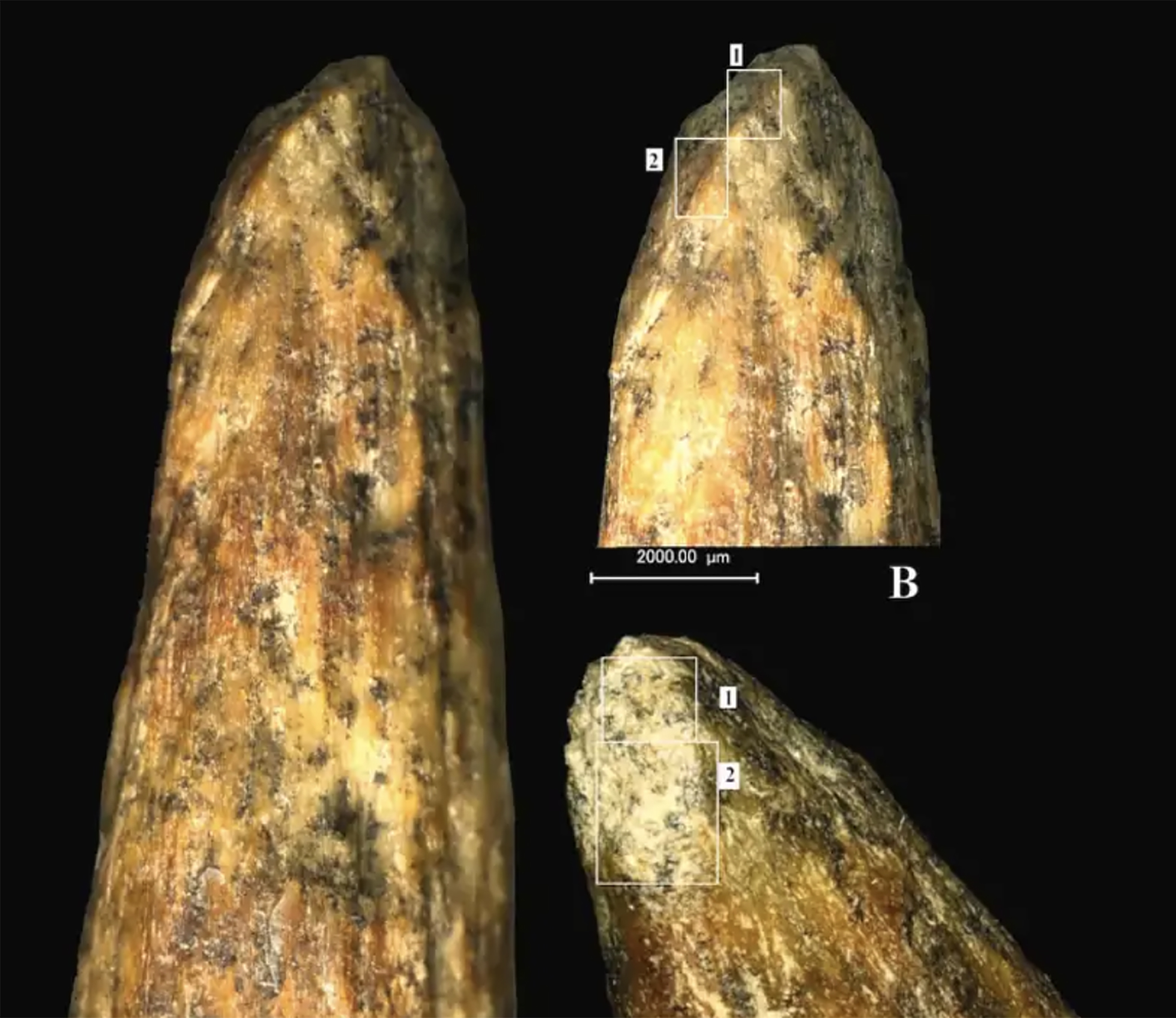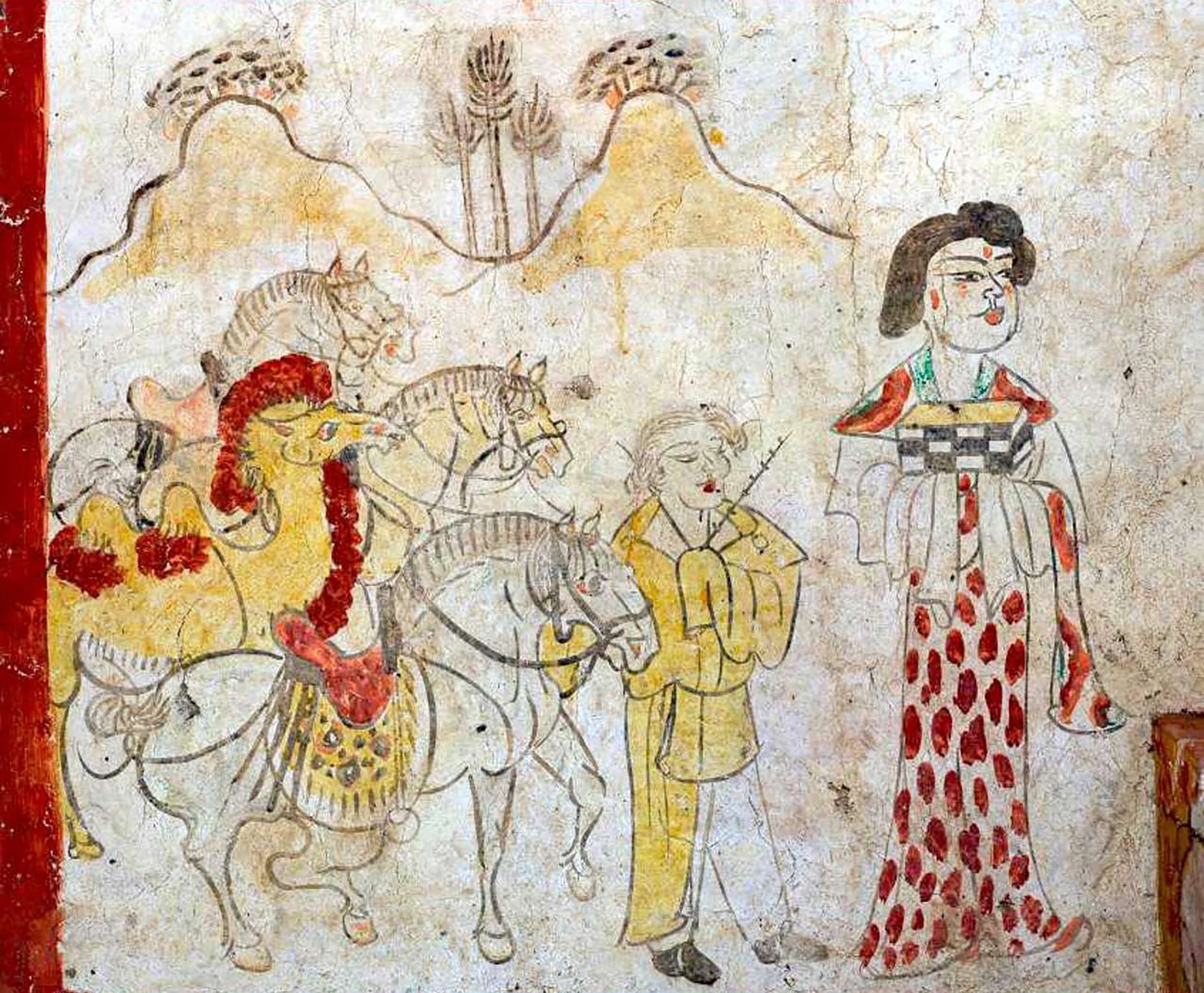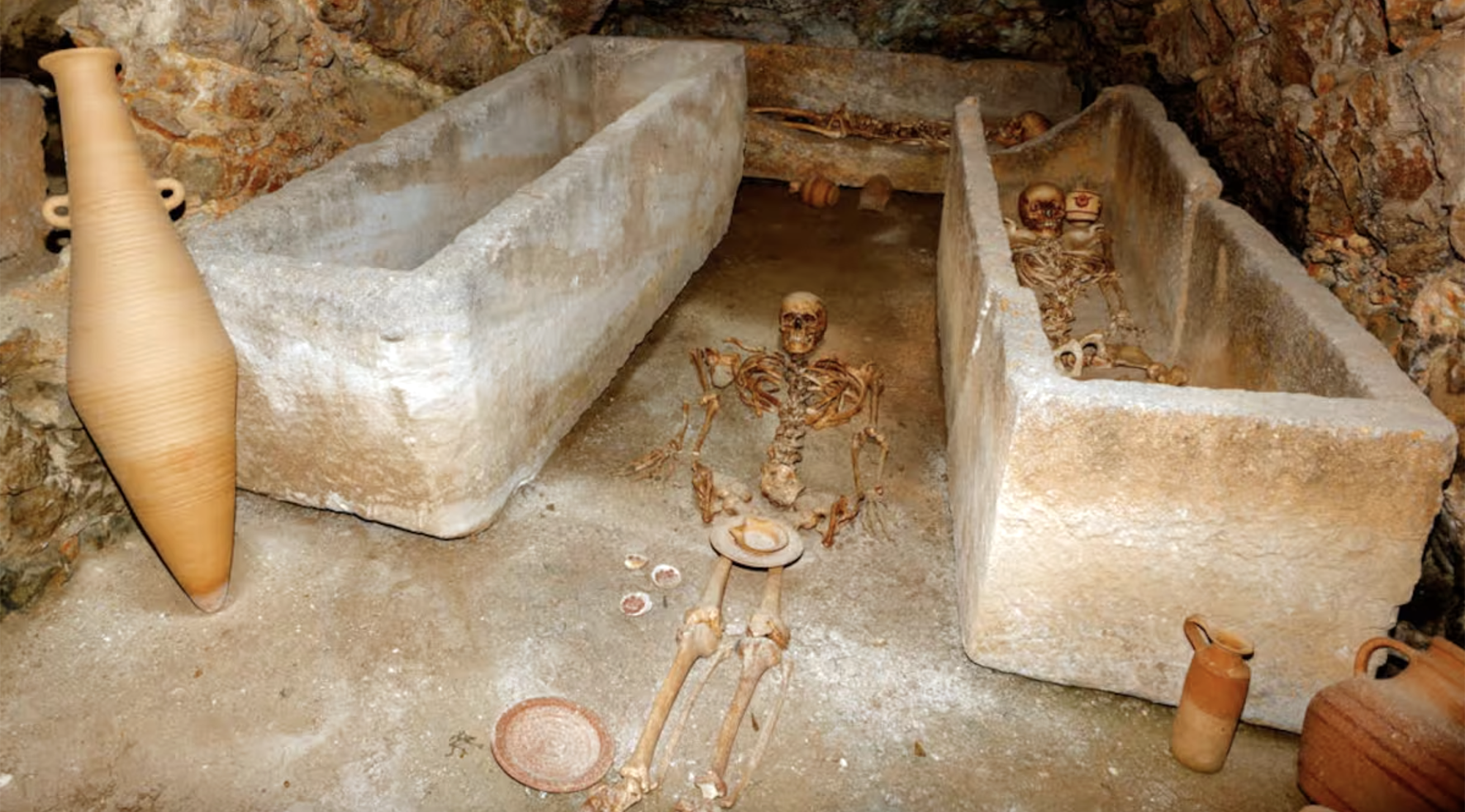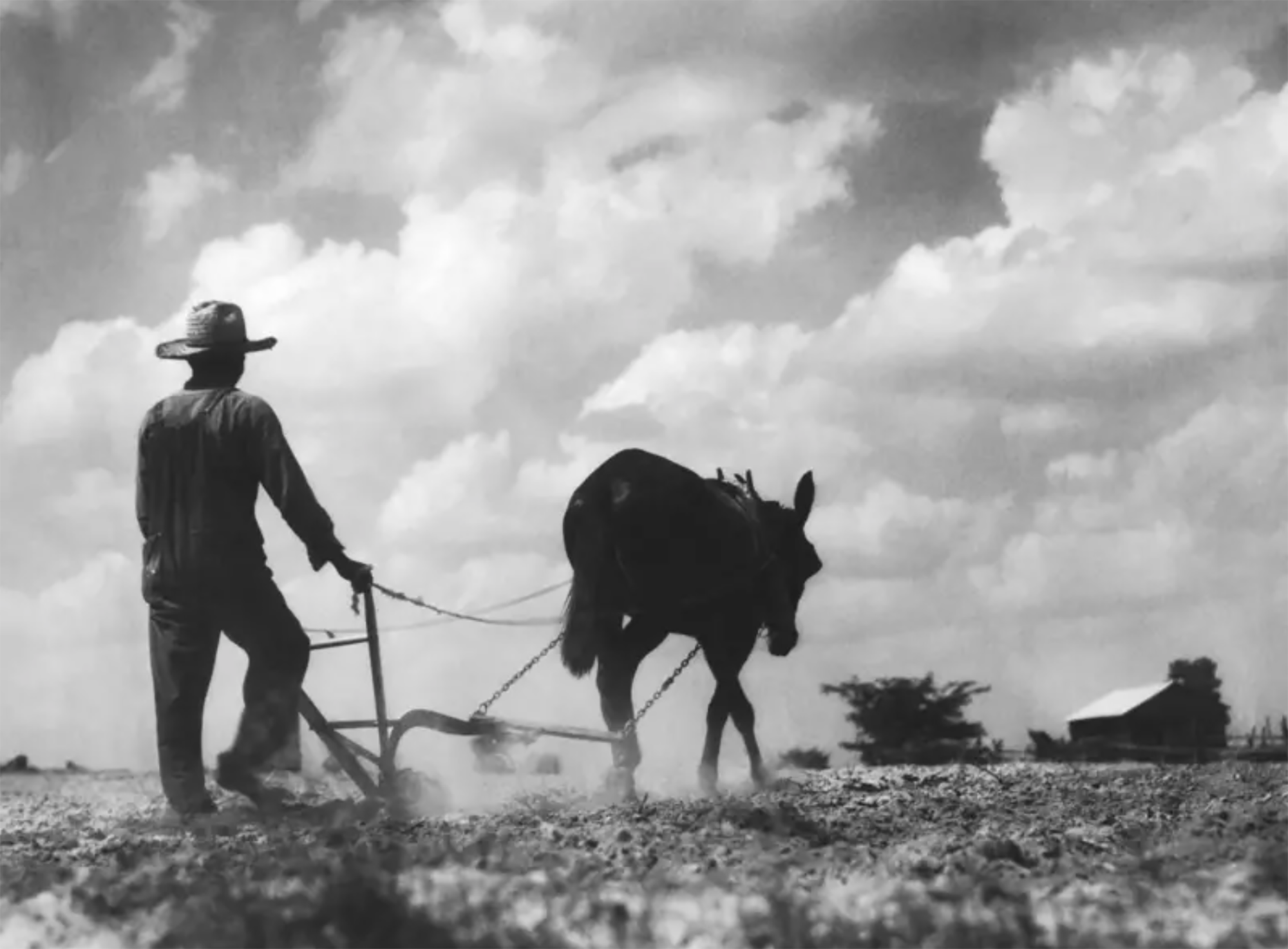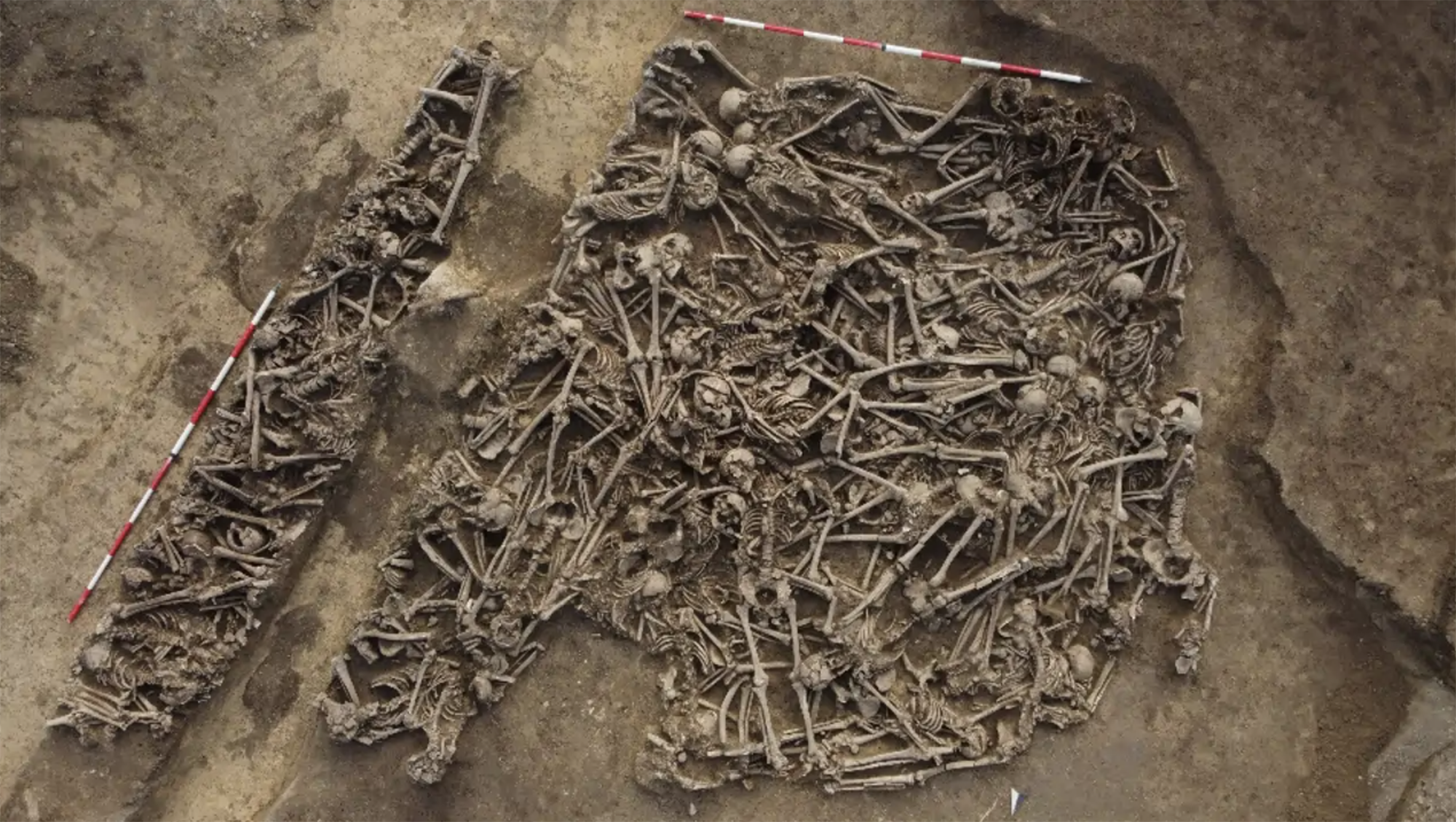Tefia, space to punish homosexuals
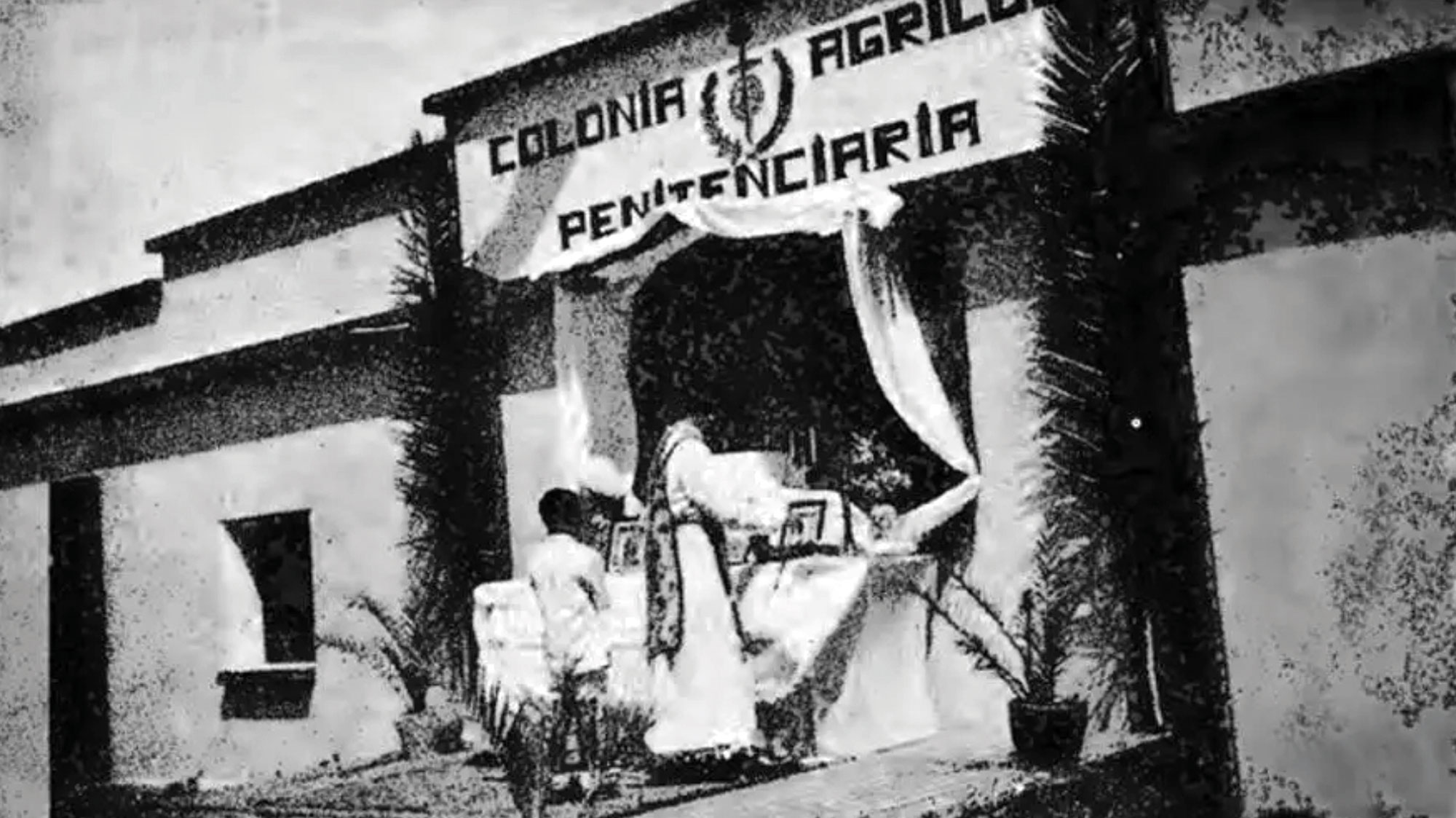
Fuerteventura (Canary Islands), 11 February 1954. The Agricultural Colony of Tefia was launched at the abandoned airport of the island, in the middle of the desert. After the euphemism of the agricultural colony, in practice, Tefia was a concentration camp known mainly for the repression of members of the LGBTI community. But when they opened the space 60 years ago, there were no homosexual prisoners or, at least, convicted of that cause.
The Tefia area was used from the outset to “correct” those convicted of violating the Alfer and Criminals Act. The law dates from 1933, II. Republican, and he didn't consider homosexuality a crime. But a few months after the Tefia area opened its doors in July 1954, the Franco government decided to amend the law by adding “homosexuals” to the list of criminals.
Little documentation and concrete data on Tefia. It was in operation for twelve years and was closed in 1966 for lack of prisoners. In total, there were between 250 and 300 prisoners, of whom about 80-100 were charged with homosexuality; they were young people between 18 and 23 years old, all men.
The director of the early years was a former carmelite of Vitoria, called Prudencio de la Fuente or Prudencio de la Casa, which could have two positions of the same name.
The director of the early years was a former carmelite of Vitoria, called Prudencio de la Fuente or Prudencio de la Casa, which could have two positions of the same name.
But the testimony of imprisoned prisoners, Tefian, is what we know most about what has happened there. Juan Curbelo and Octavio García talked about what he lived there, both condemned for homosexuality. In this Agrarian Colony they learned little from agriculture; for long hours they were forced to bite the stone, they were beaten at any time, the food was very scarce and, to alleviate extreme hunger, in exchange for food, they came to prostitute themselves with the officials.
They had to serve the sentences of one to three years, but the penalty didn't end there: they were leaving prison, they were forbidden to return to town another year, and then they had to go to the police station every month to sign the control documents for five years.
And although the Tefia concentration camp was closed in 1966, homosexuality would not quickly decriminalize itself. The Law on Vagos and Criminals was suspended in 1970, but was replaced by the Law on Risks and Social Rehabilitation, which continued to punish homosexuality. In the end, 4 years after Franco's death, in 1979 homosexuality ceased to be a crime in the Spanish state.
The Indus Valley, about 5,000 years ago. The city of Mohenjo-Daro had about 35,000 inhabitants and, according to recent PNAS publication, had a very low Gini coefficient of 0.22 – a coefficient that measures the economic inequality of societies through the degree of... [+]
More and more studies indicate that Neanderthals had more advanced cognitive abilities than previously thought. The latter, published in the Journal of Archeological Science, refers to the spearhead of bone found in the Mezmaiskaya cave in Russia in 2003.
Using microscopy,... [+]
In the Chinese province of Shanxi, in a tomb of the Tang dynasty, paintings depicting scenes from the daily lives of the dead are found. In one of these scenes a blonde man appears. Looking at the color of the hair and the facial expression, archaeologists who have studied the... [+]
Carthage, from B.C. Around the 814. The Phoenicians founded a colony and the dominant civilization in the eastern Mediterranean spread to the west. Two and a half centuries later, with the decline of the Phoenician metropolis of Tyre, Carthage became independent and its... [+]
Rudolf Botha hizkuntzalari hegoafrikarrak hipotesi bat bota berri du Homo erectus-i buruz: espezieak ahozko komunikazio moduren bat garatu zuen duela milioi bat urte baino gehiago. Homo sapiens-a da, dakigunez, hitz egiteko gai den espezie bakarra eta, beraz, hortik... [+]
Böblingen, Holy Roman Empire, 12 May 1525. Georg Truchsess von Waldburg overthrew the Württemberg insurgent peasants. Three days later, on 15 May, Philip of Hesse and the Duke of Saxony joined forces to crush the Thuringian rebels in Frankenhausen, killing some 5,000 peasants... [+]
Washington, D.C., June 17, 1930. The U.S. Congress passed the Tariff Act. It is also known as the Smoot-Hawley Act because it was promoted by Senator Reed Smoot and Representative Willis Hawley.
The law raised import tax limits for about 900 products by 40% to 60% in order to... [+]
During the renovation of a sports field in the Simmering district of Vienna, a mass grave with 150 bodies was discovered in October 2024. They conclude that they were Roman legionnaires and A.D. They died around 100 years ago. Or rather, they were killed.
The bodies were buried... [+]
Until now we have believed that those in charge of copying books during the Middle Ages and before the printing press was opened were men, specifically monks of monasteries.
But a group of researchers from the University of Bergen, Norway, concludes that women also worked as... [+]
Florentzia, 1886. Carlo Collodi Le avventure de Pinocchio eleberri ezagunaren egileak zera idatzi zuen pizzari buruz: “Labean txigortutako ogi orea, gainean eskura dagoen edozer gauzaz egindako saltsa duena”. Pizza hark “zikinkeria konplexu tankera” zuela... [+]
Linear A is a Minoan script used 4,800-4,500 years ago. Recently, in the famous Knossos Palace in Crete, a special ivory object has been discovered, which was probably used as a ceremonial scepter. The object has two inscriptions; one on the handle is shorter and, like most of... [+]
Londres, 1944. Dorothy izeneko emakume bati argazkiak atera zizkioten Waterloo zubian soldatze lanak egiten ari zela. Dorothyri buruz izena beste daturik ez daukagu, baina duela hamar urte arte hori ere ez genekien. Argazki sorta 2015ean topatu zuen Christine Wall... [+]
Bilbo, 1954. Hiriko Alfer eta Gaizkileen Auzitegia homosexualen aurka jazartzen hasi zen, erregimen frankistak izen bereko legea (Ley de Vagos y Maleantes, 1933) espresuki horretarako egokitu ondoren. Frankismoak homosexualen aurka egiten zuen lehenago ere, eta 1970ean legea... [+]
Eskultura grekoerromatarrek bere garaian zuten itxurak ez du zerikusirik gaurkoarekin. Erabilitako materiala ez zuten bistan uzten. Orain badakigu kolore biziz margotzen zituztela eta jantziak eta apaingarriak ere eransten zizkietela. Bada, Cecilie Brøns Harvard... [+]
Japonia, XV. mendea. Espioitzan eta hilketa ezkutuetan espezializatutako eliteko talde militarra sortu zen. Edo horixe uste du behintzat Stephen Turnbull historialari britainiarrak. Beste aditu batzuen ustez, askoz lehenago sortu ziren ninjak, duela 2.300-2.500 urte inguru. Eta... [+]









